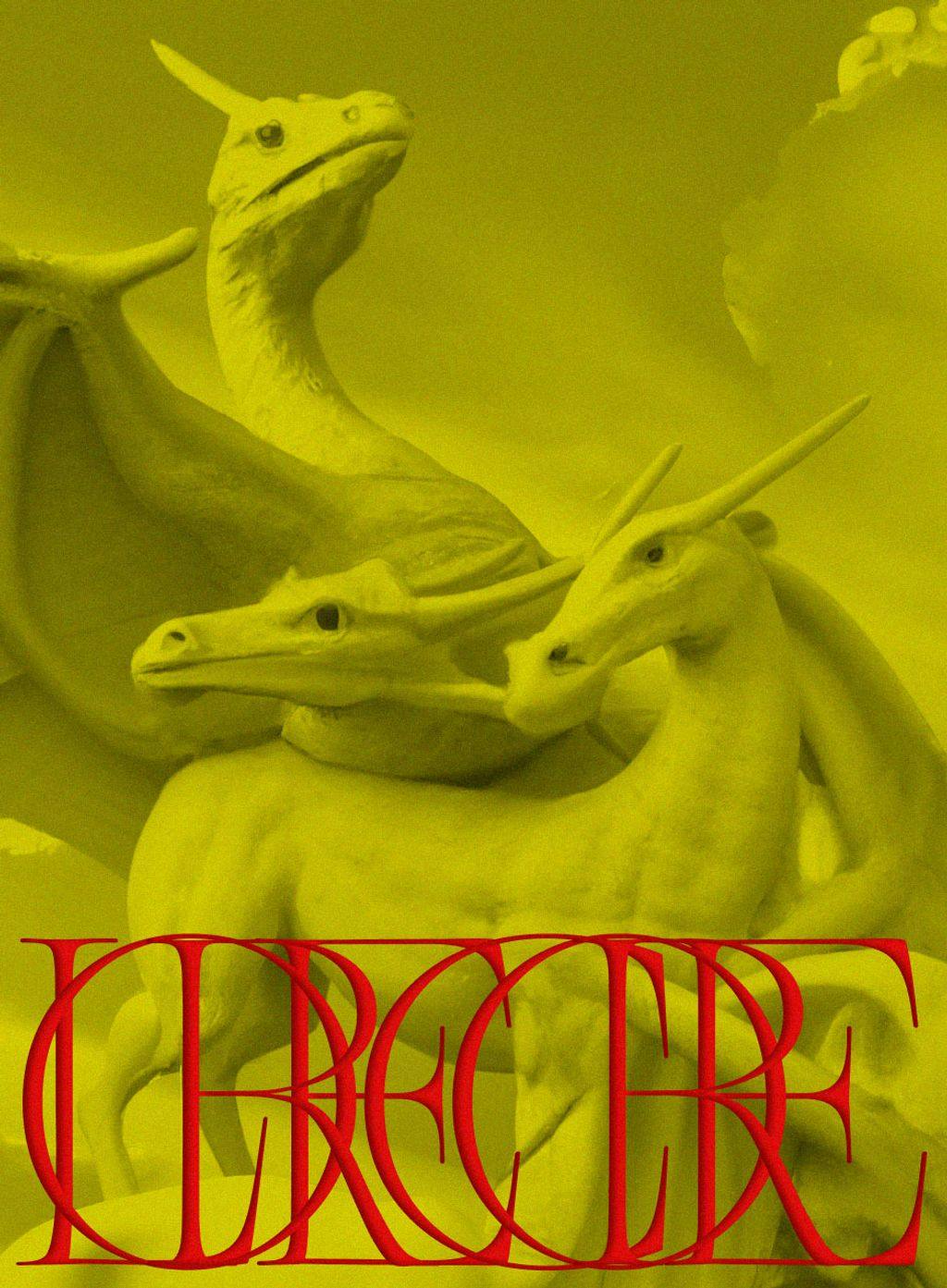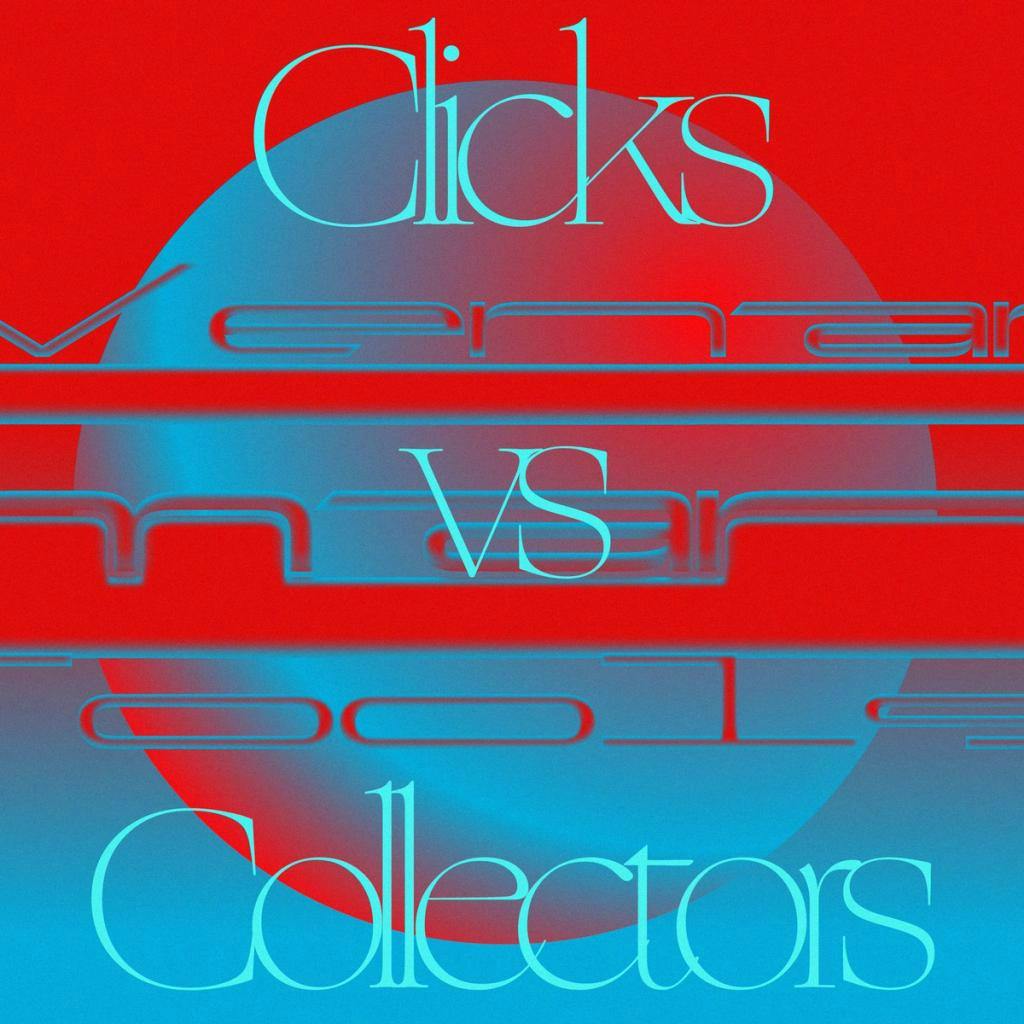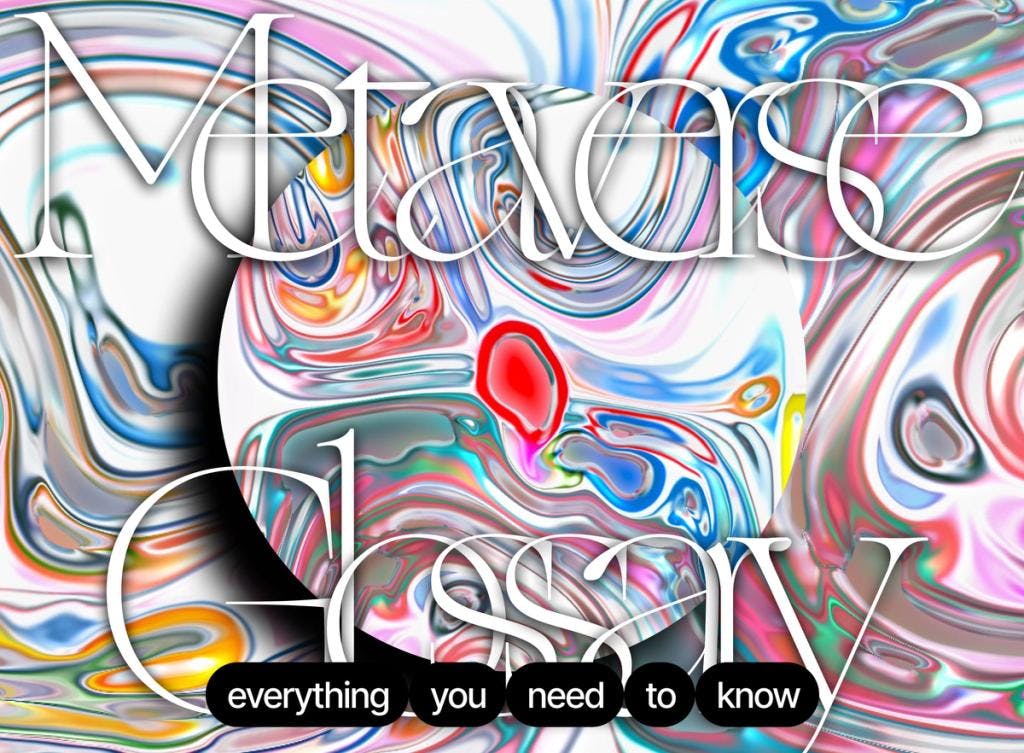



HowToCreateanAnti-CanonWithMindySeu
How To Create an Anti-Canon With Mindy Seu
The editor of the Cyberfeminism Index on grassroots internet history and the myth of the individual hero.
The internet, in its flux and ever-increasing size, seems to naturally resist commemoration. Trying to collect and archive its contents is not only difficult in practice but comes with the risk of near-instantaneous irrelevance—airlifting the bend of a river in hopes that it can survive and enlighten absent the surrounding stream. In this light, Mindy Seu, the editor of the recently released Cyberfeminism Index, faces a double challenge. How can we successfully archive a digital subculture and intellectual movement without the full and flowing context from which it arose? And, moreover, how can this archival work be presented in a medium—the physical book—that is unlike so much of that which it aims to catalog? Even in the face of these difficulties, Seu’s success should not come as a surprise. Holding faculty positions at both Rutgers and Yale, Seu has spent her young career straddling the meticulous world of academia and her desire to write, speak, curate, and create for a public audience. The publication Cyberfeminism Index is the culmination of years of work that Seu has dedicated to compiling important products of a movement that explores the relationship between gender and technology. Cyberfeminism—a capacious term the Index seeks to both bring into view and complicate—asks us to consider how the integration of technology into our lives should affect our understanding of the gendered self and how technology itself can serve as a tool of liberation, oppression, and intellectual dissemination.
Although the term “cyberfeminism” would not be coined until 1991, Donna Haraway’s 1985 essay “The Cyborg Manifesto” laid the groundwork for certain central themes of the cyberfeminist movement. In it, Haraway argued that by embracing a “cyborg consciousness” individuals could challenge rigid binary oppositions, particularly those that dominate Western culture and perpetuate systems of power, such as male/female, mind/body, and human/animal. The cyborg, existing outside of these binaries, could represent a new, flexible identity that resists and disrupts patriarchal norms. In Cyberfeminism Index, Seu captures how these ideas have transcended the domain of academic discourse and animated the world of net art, hackerspaces, and message boards. All in all, Cyberfeminism Index includes more than 700 short entries that share an interest in these fundamental questions. We spoke with Seu about her new book, the challenges of preserving the products of a disparate digital movement, the future of publishing, and citation as a feminist act.

Yana Sosnovskaya: Tell me how you identify yourself professionally. What do you do?
Mindy Seu: I have a very multi-hyphenate practice—interdisciplinarity is really in full swing. Depending on the context, I would describe myself as a designer, a professor, also I do curation and writing of technology studies, thinking about revisionist internet histories, thinking about different modes of digital archiving and online publishing.
YS: I’m curious about the motivation for studying design and how that was tied to your interest in digital archives. How did you land on creating the Cyberfeminism Index?
MS: My undergrad was at the Design Media Arts program at UCLA, which is a research university with an art school attached to it. The approach was quite interdisciplinary. You could basically mix and match different media. I felt new genres were emerging and really gravitated towards software and publishing. When I graduated [2009], for many years I was working in studio environments, at various museums, or for cultural and fashion clients. During this time, like most people in New York, I had my day job and then everything on top of that. I was going back and forth between San Francisco and New York, doing a lot of adjunct teaching, working on my own projects, and really thinking about what it means to archive physical artifacts in an online space, primarily for accessibility purposes.
It felt like a lot of countercultural magazines—concrete poetry and things of this nature—had moved into a much more contemporary space. When I decided to go to grad school, I realized that I wanted to pivot. I wanted to have much more autonomy over the content that I was designing.
At Harvard—the Graduate School of Design is essentially a design research area—I went straight into that space. I was also doing a fellowship at the Berkman Klein Center for Internet & Society, which is an internet policy fellowship within the law school. I realized that there are a lot of overlaps between law, policy, activism, and art. Even if it's not talked about often in those spaces, I feel like these cultural shifts happen in mass media, in art, and then change the collective consciousness, which ultimately becomes policy change, in that order.
So many of my peers are in critical and creative coding spaces, so I just wanted to find an aggregate that bridged that with the theory I was reading and textual documents that supported it. The Cyberfeminism Index was just me trying to create a tool for myself, a bibliography that snowballed. I never really thought it would be a capital “P” project. It just really resonated at the time, and perhaps still does, partly because we see a lot of technodystopia looming.

YS: What would be your definition of cyberfeminism?
MS: The simplest one-liner: it’s a critical use of technology. In a more complex version, I might refer back to the cybernetic origins of this prefix “cyber.” Thinking about feedback loops, how we disseminate feminism through online channels. How we are critical of technology through the use of technology. This feedback or dialogue is really important.
YS: How do you feel about being within the community of new internet builders—the tech community? What do you think is the current state of feminism within this community?
MS: Well, I think feminism at large has been a topic filled with strife, at least in the US, which is my primary context, since its origins. We see a lot of waves emerging. We’re in fourth-wave feminism. First-wave feminism was focused on suffrage—the right to vote—and second-wave feminism was focused on autonomy in the workplace and in the home. But intersectionality technically didn’t start to become an active part of mainstream feminist conversation until the third wave. Even now, there have been so many different terms proposed other than feminism. Cyberfeminism feels like a very retrograde term, more popular in the 1990s. Even 90s cyberfeminists would now consider themselves technofeminists. You have Korean netfemis, Latin American hackfeministas, or Laboria Cuboniks’ xenofeminism, Kishonna Gray’s Black cyberfeminism, Legacy Russell’s glitch feminism. There are so many different strands, but I generally think there’s a consistent throughline in this space; trying to think about how these patriarchal structures are impacting everyone in society, not just women.
A lot of technological spaces replicate the norms that we see in physical spaces, and there’s a clear dialogue between those two. So there’s some tenuousness there.
Platforms shape behaviors. Unless you’re thinking about it critically, you begin to perform in the way that the platforms want you to.
YS: It feels like there are all the specific directions of feminism you just listed and then, since the #MeToo movement, there has been this mass adoption, a new wave for this generation on Instagram. What do you feel is happening at the level of mass-scale adoption? Is there any sort of conflict or intersection between these different scales?
MS: In many ways, platforms shape behaviors. Unless you’re thinking about it critically, you begin to perform in the way that the platforms want you to. We’re encouraged to click and we want to promote virality and all of these other norms. It’s really about acceleration and superficiality. But I like to think of feminist praxis in a very holistic way. If we’re just thinking about the rights of women in our immediate periphery, that’s actually very exclusive to people in different regions, class levels, et cetera. On the one hand, I don’t want to diminish some of the exposure that people are getting to this discourse through memes. Memes are actually a very important political tool in changing mass consciousness. But I do wish there was a clear way to have explicit calls to action and invite closer reading, which is not necessarily encouraged when we’re only focused on speed.

YS: You touched on the global aspect of feminism, cyberfeminism, and specifically the project of the Cyberfeminism Index. You were just recently on tour with the book globally, which seems rarer these days. Was there a revelation for you in how the topic of feminism was being approached in different regions in Europe or Asia compared to the US?
MS: Yes. As we’ve been pointing toward, these things are very region-specific. I like to give the example of the Korean group Megalia, which can be seen as misandrist or man-hating. A Korean woman told me, “It’s actually really important to have an active discourse about feminism in Korea. So if we’re perceived as extremist, it’s because the other end of the pendulum is actually very misogynist.” They’re figuring out this middle ground. In Latin America, I was working with groups like Cyborgrrrls. These hackfeministas did a lot of online publishing in the 90s, but more contemporary forums have really focused on hardware and the material qualities of these digital tools. Many of the rare earth minerals in our devices are mined in Latin America in very poorly regulated or seemingly unregulated areas.
I think this type of expansiveness is a very important way to think about the internet. The physicality blended with the ephemerality, how context shifts the different connotations, and what different communities actually need when they talk about autonomy and equity.
YS: With the majority of your practice so closely tied to archival work, do you think that information has a timeline and an expiration date?
MS: Timeline and expiration date. When we talk about techno-evangelism, we forget that these things have been in production for a long time, and they have analog precursors. We’re in a period of acceleration, where our technology’s gotten really good. When people talk about the metaverse and VR—where do you actually start with the origins of a head-mounted display? Does it start with these panoramas, painted from the beginning of time, or does it start with the first head-mounted displays that were created in military-funded, research academic settings in the early 1900s? All of these things have precedence, and it’s important to understand that trajectory to see where knowledge is branching off from.
So in terms of expiration dates, I don’t know if I believe in them. People love to point out when things don’t age well, but I actually think that’s a way to see social and written cues from a certain era that we have moved beyond. It’s a cultural marker.

YS: And how is online culture shaping our approach to archiving information?
MS: The best form of erasure is inundation. There is so much content that things just get buried over time. Processes like the Internet Archive’s Wayback Machine were built because there were no archival functions in the current infrastructure, so we’re going to try to save everything in this burning house. On one hand, a lot of the images that you see in the Cyberfeminism Index were captured in the Wayback Machine. But on the other hand, it’s unethical, because they’re not asking people if they’re consenting to have their information stored. I don’t think everything actually needs to be saved.
I’m much more interested in grassroots archiving. What does a personal practice of archiving look like? Then you can be intentional about what you think is important to save and transfer to future generations rather than someone telling you what is important. I think this grassroots approach is a way for us to decide as a collective what parts of these subcultural histories we want to pass forward, because that’s not going to happen from a more legitimizing institution. It’s messier, which I tend to embrace.
The best form of erasure is inundation. There is so much content that things just get buried over time.
YS: Embracing archival practice as curation is such an interesting idea. Especially in the Web3 context, curation is a term that has been thrown around right and left. People often just use it as a way to showcase their own taste without embracing context or looking through the lens of time. I don’t think that people actually understand its value, that it’s an opportunity for you to preserve a zeitgeist that’s going to be passed onto the future generation.
MS: I personally think all archives, even those in institutions, are highly curated. There are certain people—stewards—who have deemed certain elements important to preserve. It is impossible to store every single element or artifact from a culture or a community. We can take that same approach. Even the Cyberfeminism Index is not an exhaustive set. It’s very much moderated through my subjective and biased lens. If it feels like there are a lot of entries, there are probably hundreds more that have been excluded. Trying to keep it very porous, having it complement the living index, which we will hopefully crowdsource in perpetuity—these are all ways of trying to create an anti-canon while still creating a resource compendium.
YS: Do you ever feel personally overwhelmed by information?
MS: How could you not? Your community is a really important way to filter in new information. This does tend to exacerbate existing biases in the group, which is why we have these echo chambers. But at the same time, I do think this sharing of articles is also a form of collective curation. No one’s reading every journal, every newsletter, every podcast. Being able to be specific about what we are consuming and how we’re translating is an intrinsically co-authored task.

YS: Speaking of the imperfections of the archival system, I’m curious about your thoughts on blockchain—can it actually help with archiving practices?
MS: From my understanding, the blockchain is actually not a great archival tool because it’s really just fortifying the links between things, but it’s not actually building a digital preservation of said thing. For example, if the JPEG degrades, it degrades. If software goes out of date and there’s no emulator attached, then the original artwork will not be preserved. However, some sort of linkage to that artifact, the metadata, the transaction, et cetera, is what’s being preserved. I think blockchain is a great indexing function—similar to Cyberfeminism Index—pointing outward and fortifying links, rather than an archiving function, which is really about pulling things inward and trying to preserve them more holistically.
YS: This reminds me of your approach to your personal website. You have a log of all the versions, where you can look through how you’re changing it, almost like a Wikipedia. Why did you choose to embrace such radical transparency, and why do you think it’s important?
MS: My personal website is built in the ProfDoc style coined by Olia Lialina, primarily because of ease of maintenance. It’s only using HTML and CSS. There’s no dynamic content and no images. It’s essentially just links. The logging feels like a form of journaling. Everything that you see on the site is what I’m doing currently, or past projects I want to highlight. And then, when I write a new one, it feels like a journal entry with a date stamp.
YS: Do you consider your work activism?
MS: I think that activism takes a lot of different forms. In the beginning, we were talking about the memeification of feminism. There’s the top level where people have dedicated their lives and practices to furthering this space, and then there’s the very shallow version. But if your work is responding to a larger cultural state and offering some alternatives to that, or just providing more context, I do think that can be a form of activism.
Some people say that if you are someone that lives out of a heteronormative framework, even existing is a political act. I think that we have to move towards doing the work that inspires some obsessive rigor and letting that push us forward. One of my students, Cat Wentworth, wrote that she sees her position not as a critic but as a psychoanalyst, because her natural inclination is to be curious about things rather than criticize them. I really liked this framing, because criticism can still be visible in curiosity, but it comes without judgment. There’s no expectation of what’s working or what’s not. It’s this natural curiosity that’s a form of activism.
I think that the greatest feminist technology has always been the practice of citation, because it shows that everything, in some way, is co-authored, that it was never about the individual hero. Always a collective or community. Even if you publish something with a singular byline, it comes with so many internal references and lineages and people you’ve spoken with and experiences you’ve had.





















